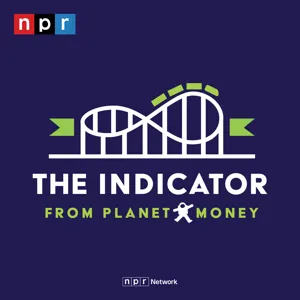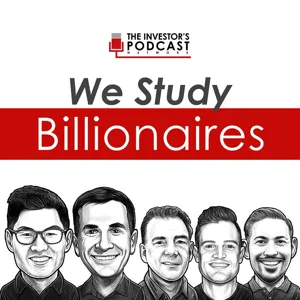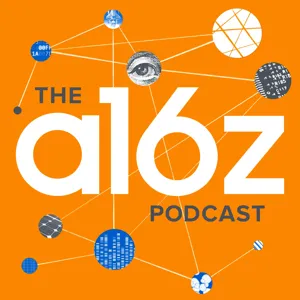579. Are You Caught in a Social Media Trap?

Economists have discovered an odd phenomenon: many people who use social media (even you, maybe?) wish it didn’t exist. But that doesn’t mean they can escape.
- SOURCES:
- Leonardo Bursztyn, professor of economics at the University of Chicago.
- Benjamin Handel, professor of economics at the University of California, Berkeley.
- RESOURCES:
- "When Product Markets Become Collective Traps: The Case of Social Media," by Leonardo Bursztyn, Benjamin Handel, Rafael Jimenez, and Christopher Roth (NBER Working Paper, 2023).
- "Social Media and Xenophobia: Evidence from Russia," by Leonardo Bursztyn, Georgy Egorov, Ruben Enikolopov, and Maria Petrova (NBER Working Paper, 2019).
- "Status Goods: Experimental Evidence from Platinum Credit Cards," by Leonardo Bursztyn, Bruno Ferman, Stefano Fiorin, Martin Kanz, and Gautam Rao (NBER Working Paper, 2017).
- "'Acting Wife': Marriage Market Incentives and Labor Market Investments," by Leonardo Bursztyn, Thomas Fujiwara, and Amanda Pallais (American Economic Review, 2017).
- "Measuring Crack Cocaine and Its Impact," by Roland G. Fryer Jr., Paul S. Heaton, Steven D. Levitt, and Kevin M. Murphy (Economic Inquiry, 2013).
- EXTRAS:
- "Is Facebook Bad for Your Mental Health?" by Freakonomics, M.D. (2022).
- "Why Is U.S. Media So Negative?" by Freakonomics Radio (2021).




![Andrew Sugrue - Investing in Paradigm Shifts - [Invest Like the Best, EP. 224]](https://www.podcastworld.io/podcast-images/invest-like-the-best-with-patrick-o-shaughnessy-3pmywn1q.webp)
